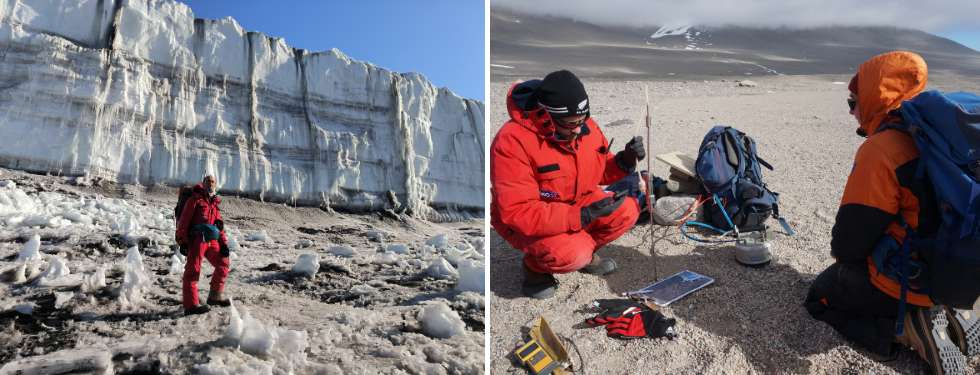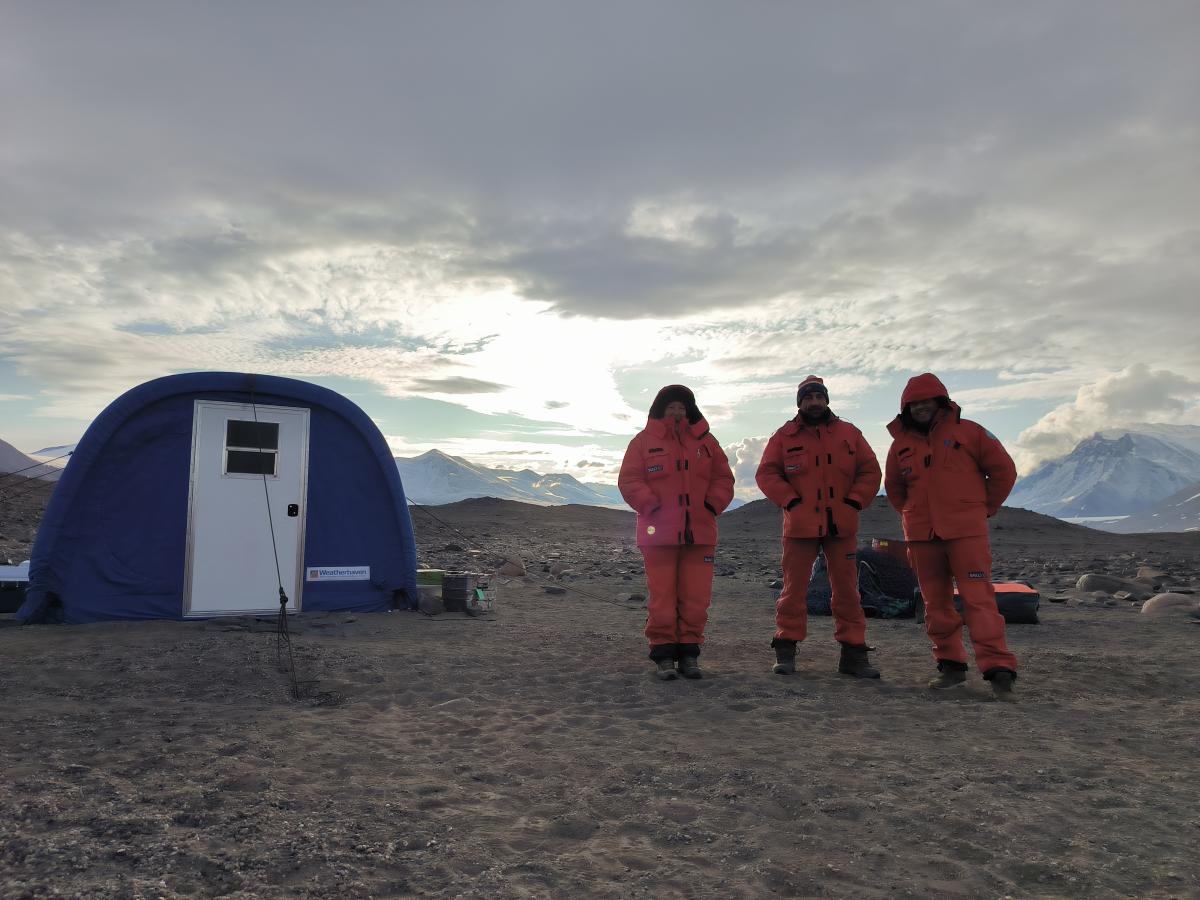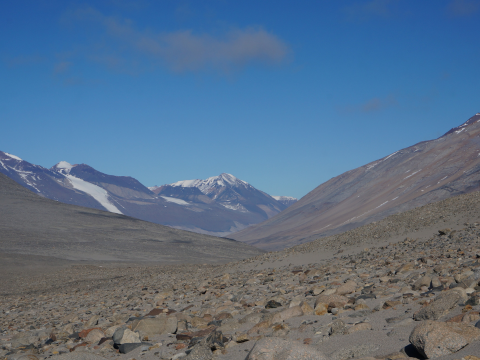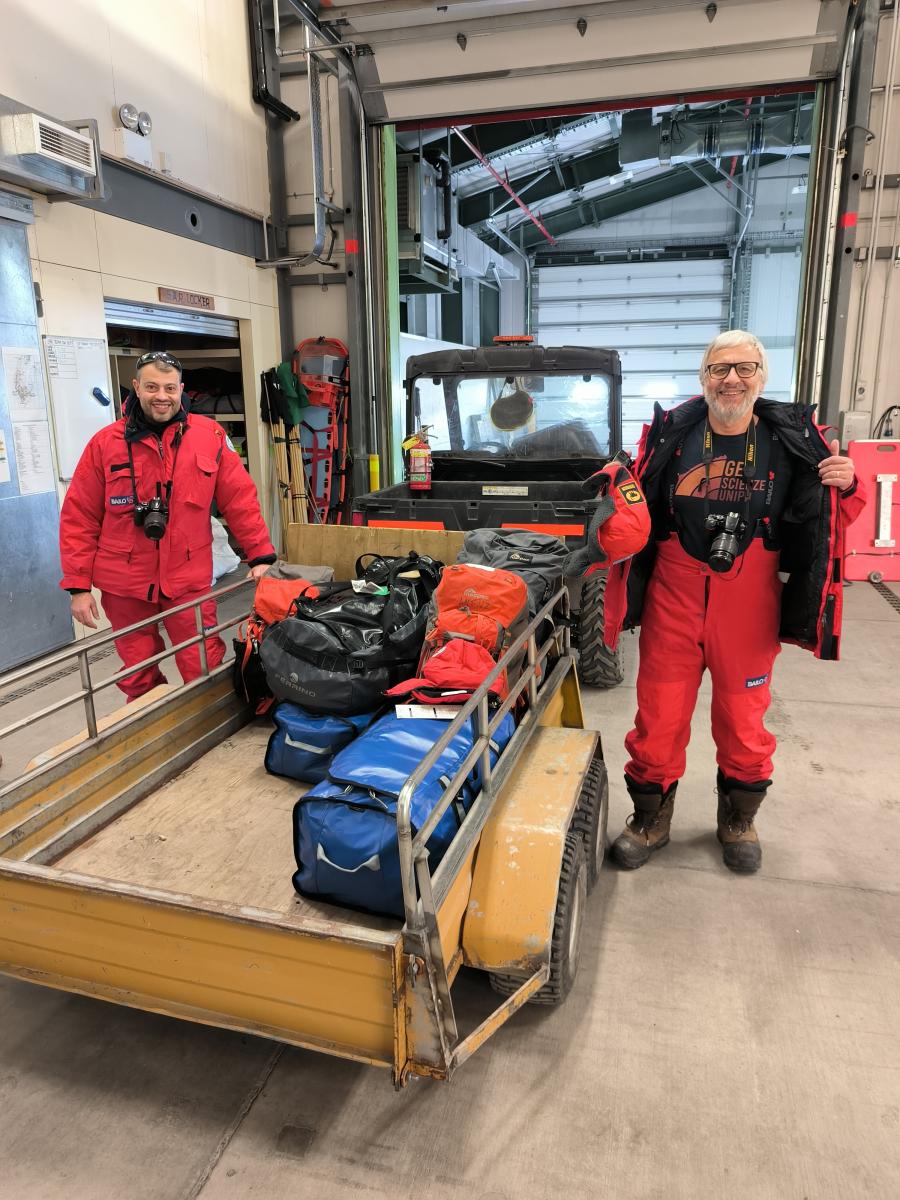The story of a month of geochemical field work in Antarctica

The Department of Geosciences participates in a project called SENECA (SourcE and impact of greeNhousE gasses in AntarctiCA) which aims to investigate the impact of climatic variations on the release of CO2 and other greenhouse gases in polar areas and in particular in Antarctica.
Recently a team of researchers returned to the Taylor and Wright Valleys (one of the few Antarctic areas that are not covered by ice) to carry out a new geochemical campaign which involved taking gas samples from the soil and measuring how much CO2, methane and other gases were emitted from the soil itself. The strategy was to monitor already known points, because three years ago the same activity was carried out for the first time in Antarctica, over a very large area. This will allow to verify if changes in the flows of these gases had occurred.
At the same time, in some sites, the researchers also monitored the depth of the permafrost and collected samples which will then be subjected to geochemical and biological analyses.
 |  |
Valerio Olivetti, researcher from the Department of Geosciences of the University of Padova participated in the mission together with Professor Claudio Mazzoli and in this video he tells more about the experience of camping for 30 days in harsh conditions and the challenges of doing research in such a particular environment.
The SENECA project is funded by the National Antarctic Research Program (PNRA) and coordinated by INGV, in collaboration with New Zealand.
The results of the first mission, carried out during the southern summer of 2019/2020, were recently published in the journal Science of the Total Environment and showed that global warming is causing a significant increase in the release of greenhouse gases from permafrost, with repercussions not yet fully calculated for the entire globe.
The new field work is the follow-up to the first extensive geochemical campaign ever led in Antarctica and the results represent a benchmark for measurements in these climate sensitive regions where little or no data are currently available.






